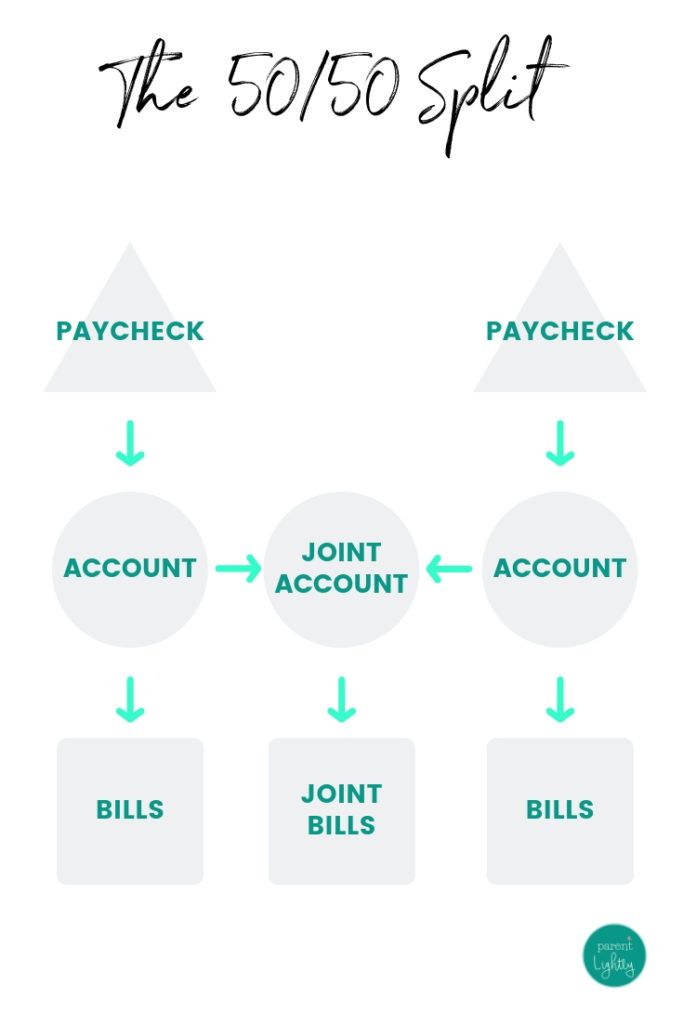Investing in mutual funds can be a great way to grow your wealth and achieve your financial goals. With so many options available, choosing the right mutual fund can seem like a daunting task. However, with a little research and understanding of your own financial goals and risk tolerance, you can make an informed decision that will set you on the path to financial success.
Educate Yourself on Mutual Funds
Before you start investing in mutual funds, it’s important to educate yourself on the different types of funds available and how they work. Mutual funds are investment vehicles that pool money from multiple investors to invest in a diversified portfolio of stocks, bonds, or other securities. There are different types of mutual funds, including equity funds, bond funds, money market funds, and index funds, each with its own risk profile and potential return.
Once you have a basic understanding of how mutual funds work, you can start to explore the various options available to you. Look for funds that align with your financial goals and risk tolerance. For example, if you are looking for long-term growth, you may want to consider investing in equity funds. If you are looking for a more conservative investment, bond funds or money market funds may be a better fit.
Consider Your Investment Goals and Risk Tolerance
Before investing in a mutual fund, it’s important to consider your investment goals and risk tolerance. Are you investing for retirement, a major purchase, or just to grow your wealth? How much risk are you willing to take on to achieve your financial goals? Understanding your goals and risk tolerance will help you determine the right mutual fund for you.
If you have a long time horizon and are comfortable with market fluctuations, you may be able to take on more risk and invest in equity funds that have the potential for high returns. On the other hand, if you are risk-averse and looking for stability, bond funds or money market funds may be a better option for you.
Look for Low Fees and Expenses
When choosing a mutual fund, it’s important to consider the fees and expenses associated with the fund. These fees can eat into your returns over time, so it’s important to look for funds with low fees and expenses. Consider funds with low management fees, sales charges, and expense ratios to maximize your returns.
You can find information on a mutual fund’s fees and expenses in its prospectus and annual report. Compare the fees and expenses of different funds to find the most cost-effective option for you. Remember, even small differences in fees can add up over time and have a significant impact on your overall returns.
Review the Fund’s Performance and Track Record
Before investing in a mutual fund, it’s important to review the fund’s performance and track record. Look for funds that have a consistent track record of achieving their investment objectives and outperforming their benchmarks. Consider how the fund has performed in different market conditions and over different time periods.
You can find information on a mutual fund’s performance in its prospectus, annual report, and on various financial websites. Look for funds with a strong track record of performance and a proven investment strategy. Keep in mind that past performance is not indicative of future results, but it can give you an idea of how the fund has performed in the past.
Diversify Your Portfolio with Multiple Funds
One of the key benefits of investing in mutual funds is diversification. By investing in a diversified portfolio of funds, you can spread your risk across different asset classes and sectors. This can help reduce your overall risk and volatility while maximizing your potential returns.
Consider building a diversified portfolio of mutual funds that align with your investment goals and risk tolerance. Look for funds that invest in different asset classes, regions, and sectors to create a well-rounded portfolio. By diversifying your portfolio with multiple funds, you can reduce your risk and increase your chances of achieving your financial goals.
Monitor Your Investments and Make Adjustments as Needed
Once you have chosen the right mutual funds for your portfolio, it’s important to monitor your investments regularly and make adjustments as needed. Review your portfolio periodically to ensure that it continues to align with your financial goals and risk tolerance. Consider rebalancing your portfolio if your investment goals or risk tolerance change.
Stay informed about market conditions and economic trends that may impact your investments. Keep an eye on your funds’ performance and track record to ensure that they continue to meet your expectations. By staying proactive and monitoring your investments, you can make informed decisions to help you achieve your financial goals.
Conclusion
Choosing the right mutual fund can be a challenging task, but with a little research and understanding of your financial goals and risk tolerance, you can make an informed decision that will set you on the path to financial success. Educate yourself on mutual funds, consider your investment goals and risk tolerance, look for low fees and expenses, review the fund’s performance and track record, diversify your portfolio with multiple funds, and monitor your investments regularly. By following these steps, you can build a well-rounded portfolio of mutual funds that align with your financial goals and help you achieve long-term success.









